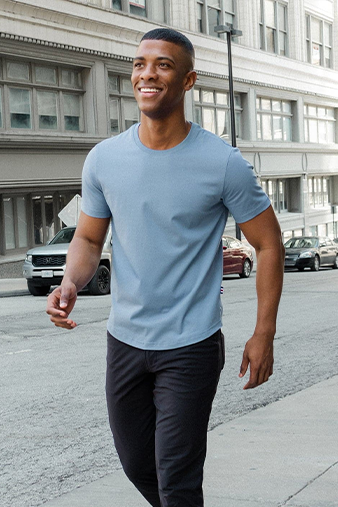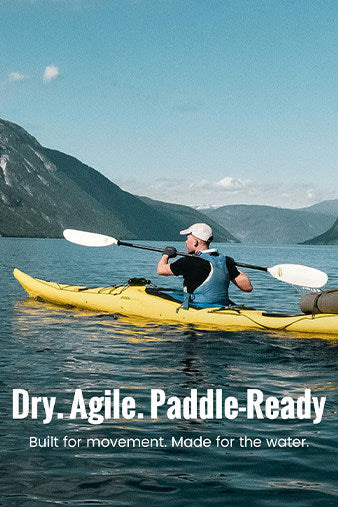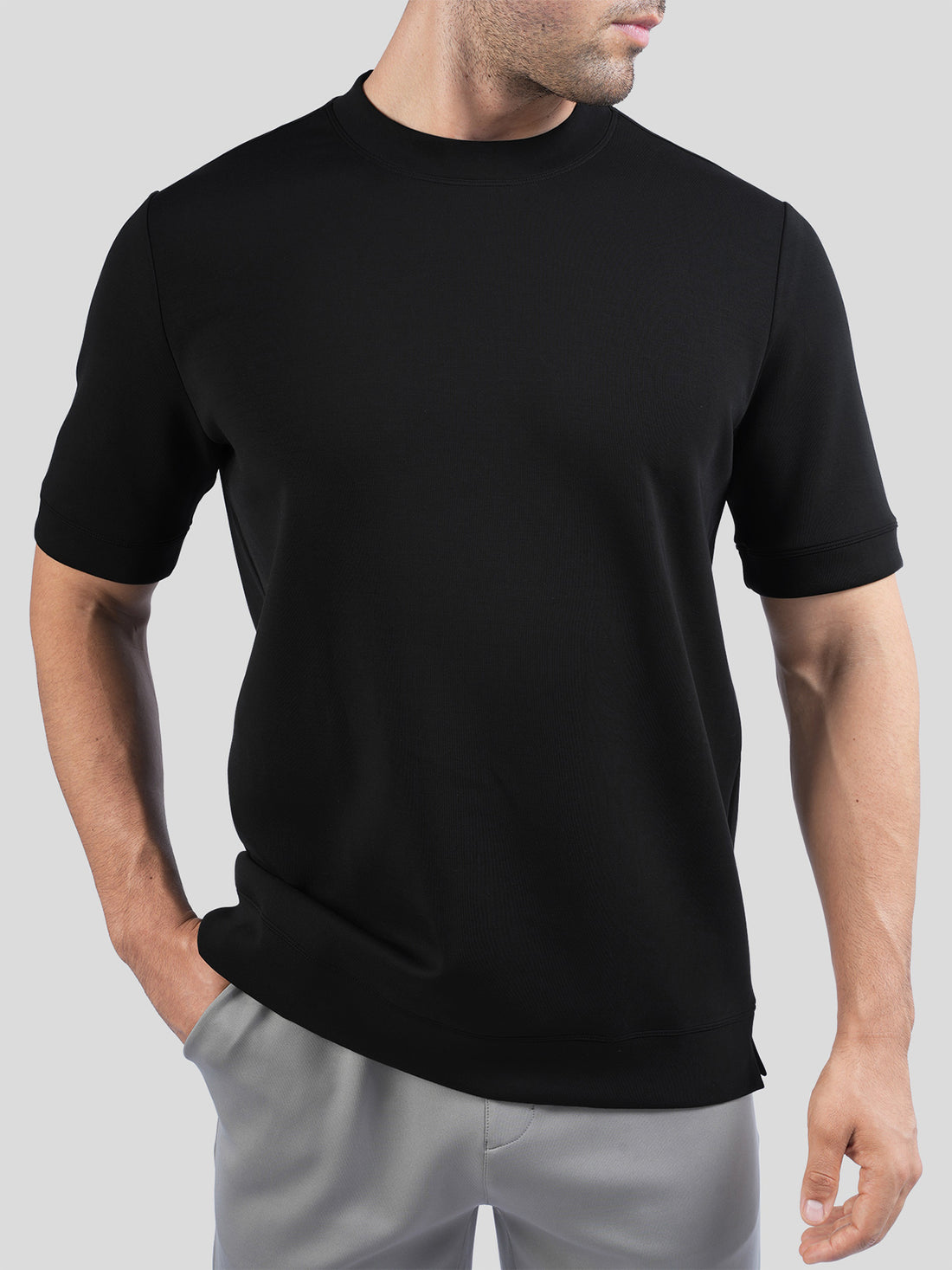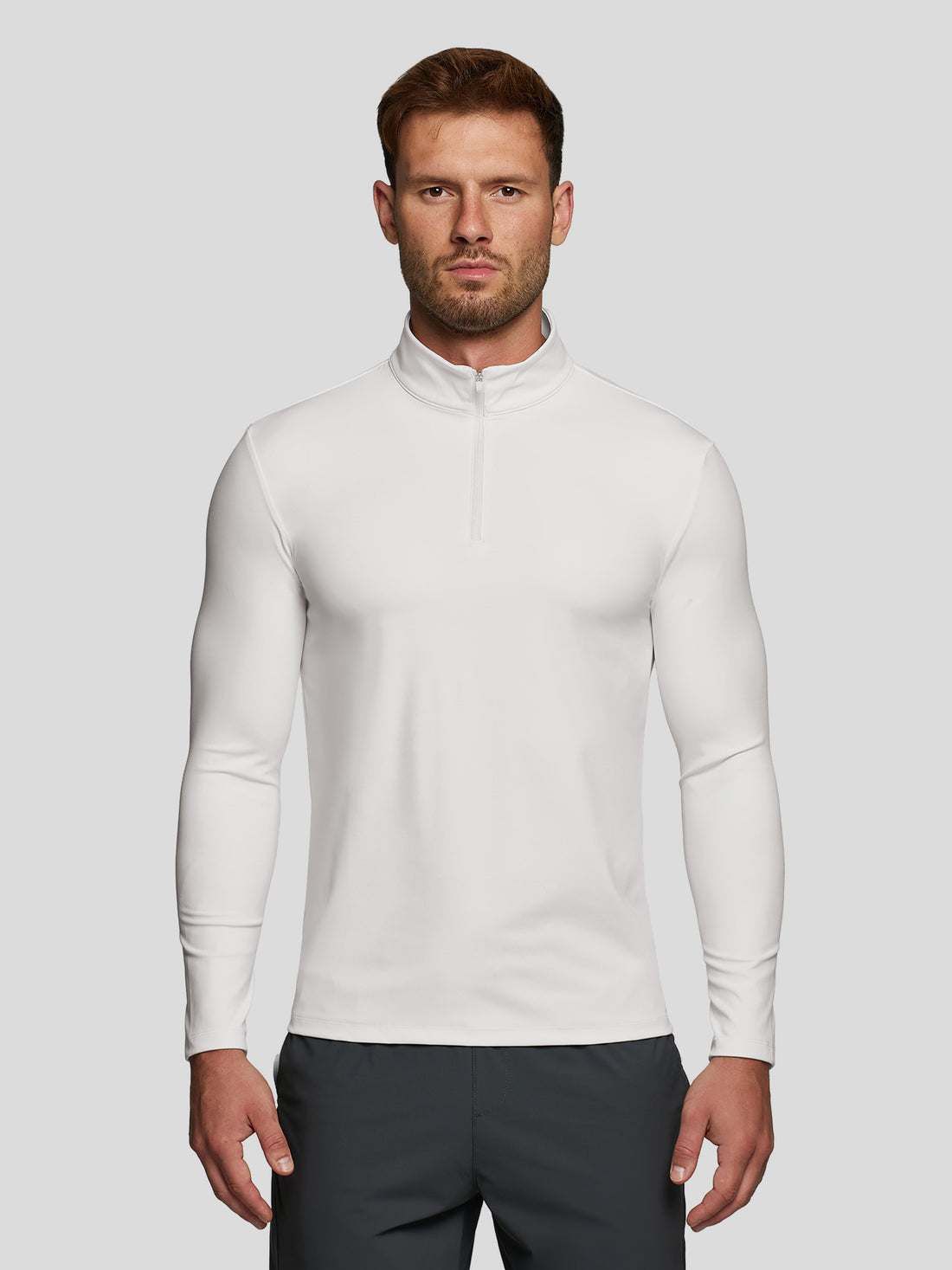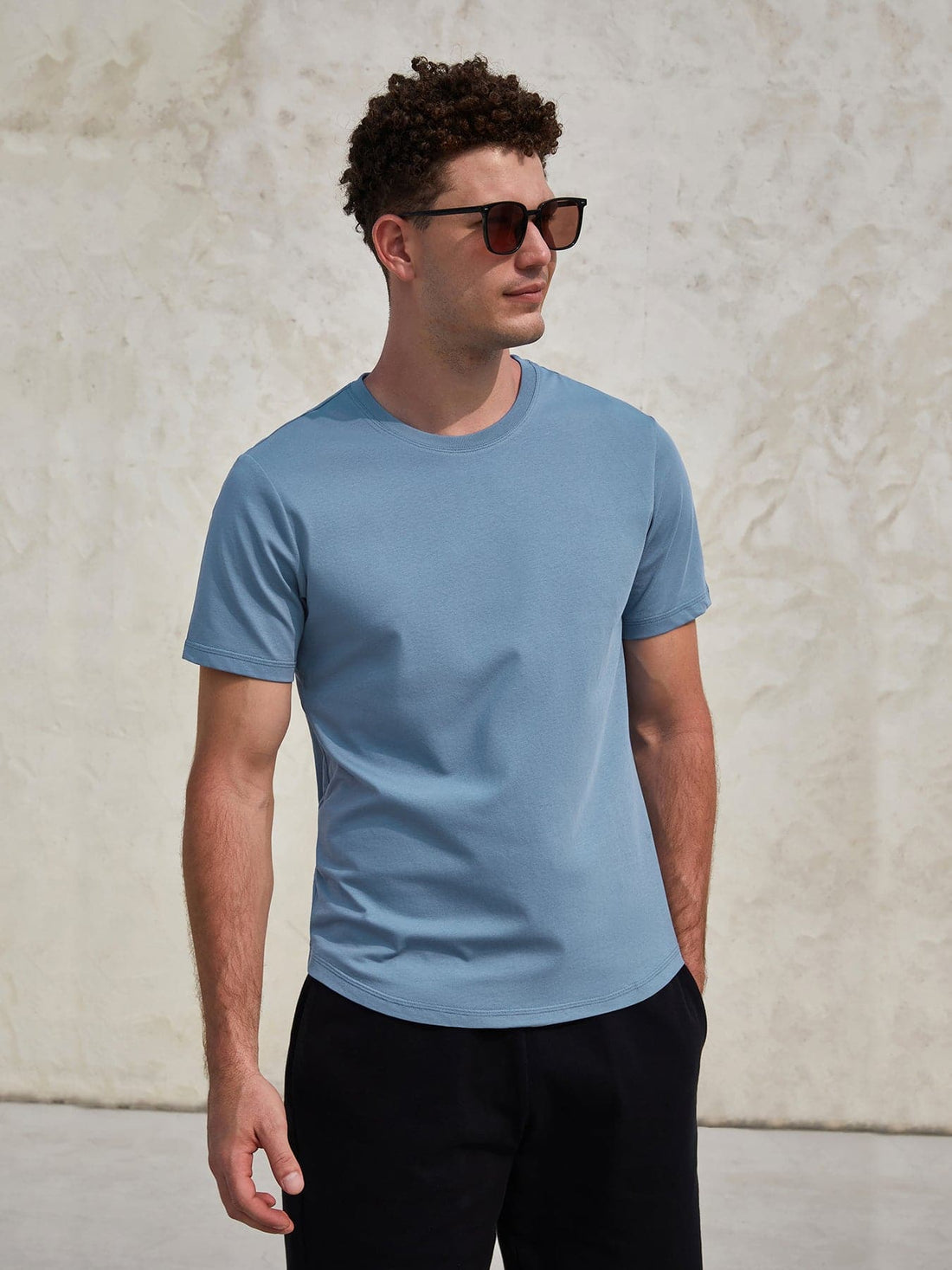
What to Wear Hiking: A Complete Guide for Every Trail
When planning an outdoor adventure, one of the first concerns that comes to mind is what to wear when hiking. The appropriate attire might mean the difference between a relaxing day on the trail and a hard, tiring battle. From choosing breathable fabrics to layering smartly for unpredictable weather, understanding how to wear hiking gear properly is a skill every adventurer should master.
In this guide, we'll walk you through the essentials of what to wear hiking, explain how to dress for different climates, and give you tips to stay comfortable while enjoying nature.
Why It Matters to Know What to Wear Hiking
Many beginners underestimate how important clothing is on the trail. But if you've ever hiked in the wrong outfit—like heavy jeans or a cotton hoodie, you know how uncomfortable it can be. Knowing what to wear hiking isn't just about style; it's about safety, performance, and enjoyment.
The right hiking outfit should:
- Keep you dry by wicking away sweat.
- Protect you from the sun, wind, and insects.
- Allow freedom of movement.
- Regulate temperature in hot or cold conditions.
So before you pack your backpack, take a moment to think carefully about hiking wear.
Base Layers: The First Step in What to Wear Hiking
When deciding what to wear hiking, start with your base layer. This is the clothing that sits directly against your skin. The purpose of a base layer is to manage moisture and keep you comfortable.
- Avoid cotton: Cotton traps sweat, leaving you damp and cold.
- Choose moisture-wicking fabrics: Materials like polyester, merino wool, or modal blends are ideal when you wear hiking clothes because they dry quickly.
- Fit matters: A snug but not tight base layer helps regulate body temperature.
Whether it's a T-shirt for summer hikes or a long-sleeve thermal top for winter trails, choosing the right base layer is the foundation of hiking wear mens.
Fioboc Quik Dry Clothing
Mid Layers: Staying Warm While You Wear Hiking Gear
Your midlayer provides insulation. It is the layer that you will add or remove based on the weather and activity level. Knowing how to balance warmth and breathability is key in deciding what to wear hiking.
- Fleece jackets: Lightweight, breathable, and warm.
- Down or synthetic jackets: Great for colder hikes when you need extra insulation.
- Performance hoodies: Versatile and comfortable, ideal for when you wear hiking in spring or fall.
Mid layers are especially vital if you're ascending higher elevations or hiking in unexpected weather. They ensure that when you wear trekking clothing, you are prepared for unexpected temperature variations.
Outer Layers: Protection When You Wear Hiking Clothing
The final piece of the puzzle for what to wear hiking is your outer layer. This layer protects you from wind, rain, and snow.
- Waterproof jackets: Essential if there's a chance of rain. Look for breathable materials to avoid overheating.
- Windbreakers: Lightweight and compact, perfect for windy conditions.
- Softshell jackets: Provide a balance between water resistance and breathability.
When you wear hiking outer layers, think of them as your first line of defense against the elements. A good shell jacket can turn a miserable hike into an enjoyable one.
Quik Dry Jacket
Bottoms: What to Wear Hiking on Your Lower Half
While tops often get the most attention, figuring out what to wear hiking for your lower half is just as important.
- Hiking pants: Lightweight, breathable, often quick-drying. Many come with zip-off legs to convert into shorts.
- Leggings or tights: Great for flexibility and comfort, especially in warm weather.
- Shorts: Perfect for summer, but make sure they're durable and not restrictive.
- Avoid jeans: They're heavy, slow to dry, and uncomfortable when wet.
The key is to choose pants or shorts designed for movement and comfort. When you wear hiking bottoms made with quick dry materials, you'll feel less weighed down by sweat or rain.
Footwear: The Most Important Part of What to Wear Hiking
If there's one item you shouldn't overlook when deciding what to wear hiking, it's footwear. The wrong shoes can turn even the easiest trail into a painful experience.
- Hiking boots: Best for rugged terrain, ankle support, and long hikes.
- Trail shoes: Lightweight, flexible, and great for shorter hikes.
- Socks: Wool or synthetic blends that wick moisture are crucial when you wear hiking boots or shoes.
Remember, breaking in your footwear before hitting the trail is as important as knowing what to wear hiking. Blisters can ruin your adventure fast.
Accessories: The Little Things That Matter in What to Wear Hiking
Accessories might seem optional, but they play a big role in comfort and safety. When considering what to wear hiking, don't overlook these:
- Hats or caps: Protects from sun exposure.
- Sunglasses: Shield your eyes from UV rays.
- Gloves: Essential in colder weather.
- Scarves or neck gaiters: Versatile for sun and wind protection.
Small details can have a big impact on how you feel while you wear hiking gear on the trail.
Seasonal Considerations for What to Wear Hiking
The best answer to what to wear hiking depends heavily on the season and environment. Here's a quick breakdown:
- Summer: Lightweight, breathable shirts and shorts. Sun protection is crucial when you wear hiking in hot climates.
- Fall: Layering is key—mornings and evenings can get chilly. Choose versatile pieces you can add or remove.
- Winter: Thermal base layers, insulated mid layers, and waterproof outer layers are essential.
- Spring: Be ready for rain and fluctuating temperatures. Waterproof jackets are a must when you wear hiking in spring.
Always check the forecast before heading out. Weather can change quickly, and being prepared with the right layers means you'll always know hiking wear mens.

Common Mistakes in What to Wear Hiking
Even experienced hikers make mistakes when choosing what to wear hiking. Avoid these pitfalls:
- Wearing cotton: It soaks up sweat and dries slowly.
- Overdressing: Too many layers cause overheating.
- Ignoring footwear: Fashion sneakers are not meant for trails.
- Forgetting accessories: Skipping a hat or gloves can make a big difference in comfort.
Learning from these mistakes helps you master what to wear hiking so every adventure is more enjoyable.
Practical Tips for Choosing What to Wear Hiking
Here are a few final tips to keep in mind:
- Test your clothes first: Go for a short walk or jog to see how they feel.
- Pack extras: Always bring an extra layer just in case.
- Choose neutral colors: They hide dirt better and are less likely to attract insects.
- Invest in quality: Durable fabrics may cost more but last longer, making what to wear hiking a smarter investment.
Final Thoughts: Mastering What to Wear Hiking
Ultimately, it comes down to striking a balance between practicality, safety, and comfort when choosing what to wear hiking. You may position yourself for success on the trail by wearing supportive footwear, dressing appropriately, and selecting clothes that wick away moisture.
Hiking should be about enjoying nature, not worrying about your clothes. So next time you're preparing for an outdoor adventure, remember these tips and feel confident that you know exactly what to wear hiking.
